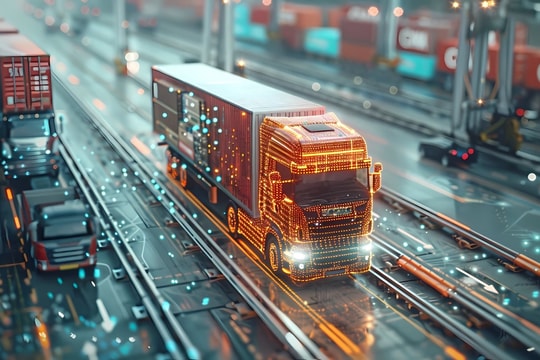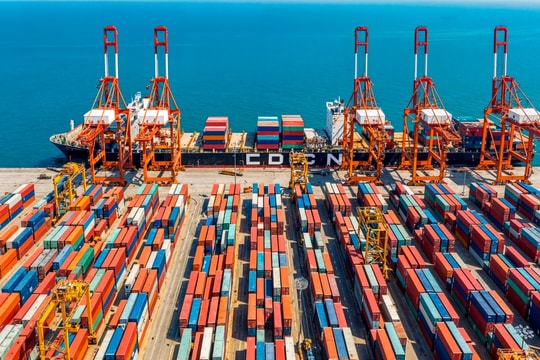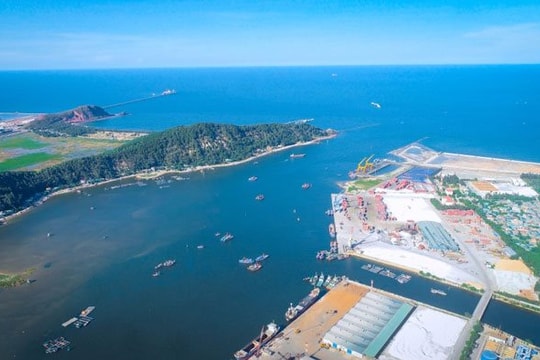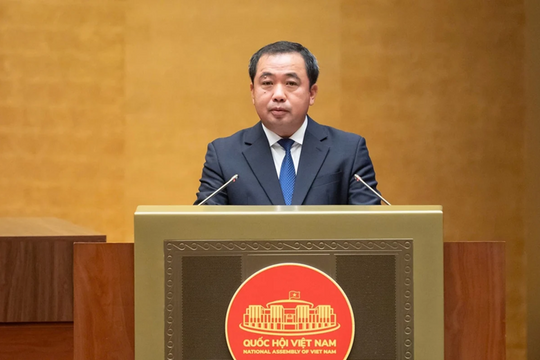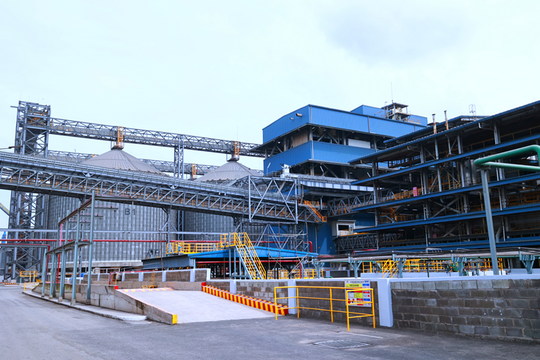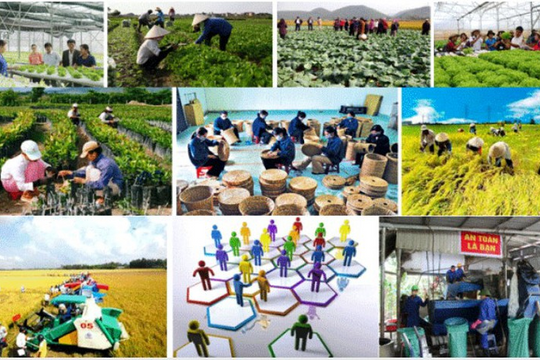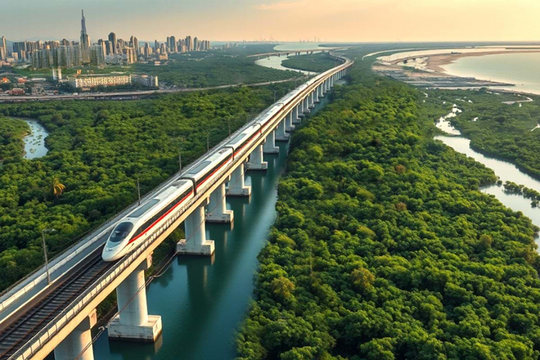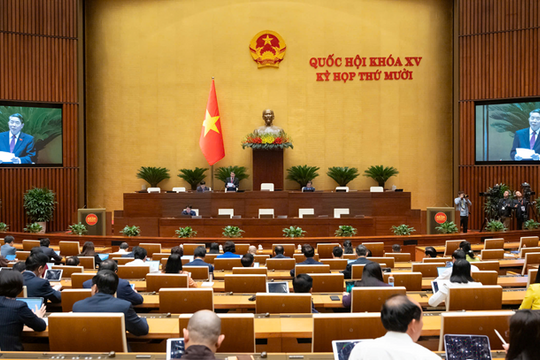Vietnam in the Context of Globalization and International Integration
Entering the third decade of the 21st century, the world is undergoing significant transformations, driven by rapid advancements in science and technology and deepening globalization trends. Countries like South Korea, Singapore, and China have successfully leveraged opportunities from the Fourth Industrial Revolution to accelerate their rise as leading economies.
For Vietnam, economic integration presents both opportunities and challenges. An open economy demands high competitiveness and continuous innovation in key sectors. Participation in free trade agreements such as CPTPP and EVFTA has expanded Vietnam’s export markets but also necessitates improvements in product quality and production capacity.
In this context, science and technology, innovation, and digital transformation are essential tools for Vietnam to accelerate development, overcome the middle-income trap, and integrate more deeply into the global economy.
Roadmap to Becoming a Developed Nation by 2045
Resolution 57 has set strategic directions for Vietnam’s path to becoming a developed country by 2045, structured into three critical phases.
.jpg)
.jpg)
- Second phase (2031–2040): Emphasis on economic restructuring towards high-value industries such as information technology, biotechnology, and renewable energy. This period will also see intensified international collaboration, leveraging knowledge and technology from advanced nations to "stand on the shoulders of giants."
- Final phase (2041–2045): Vietnam strives to achieve developed-nation status with a per capita income exceeding $12,000. This goal requires not only rapid economic growth but also sustainability in economic, social, and environmental aspects.
Challenges and Opportunities on the Road to 2045
The journey to becoming a developed nation is fraught with significant challenges.
First, Vietnam’s labor productivity remains low compared to regional peers. To improve this, substantial investment in workforce training and the adoption of advanced technologies in production are essential. Initiatives such as digital transformation for SMEs and the development of innovation ecosystems need further acceleration.
Second, dependence on natural resources and low-value-added manufacturing could become a bottleneck unless Vietnam swiftly enhances technological capabilities and fosters innovation.
Third, climate change and environmental issues pose major barriers to sustainable development. The government must promote clean energy policies, green economic growth, and efficient resource management.
Despite these challenges, Vietnam possesses significant advantages, including a young, dynamic workforce, political stability, and a strategic geographical position in the Asia-Pacific region. If these strengths are effectively leveraged, Vietnam can fully achieve its long-term objectives.
A United Effort Towards a Prosperous Future
.jpg)
.jpg)
Resolution 57 not only sets the direction but also provides strong momentum for Vietnam to enter a new phase of development. By combining creativity, innovation, and unwavering determination, Vietnam can overcome challenges, transform opportunities into actions, and establish itself as a strong and prosperous nation on the global stage.


.jpg)
.jpg)
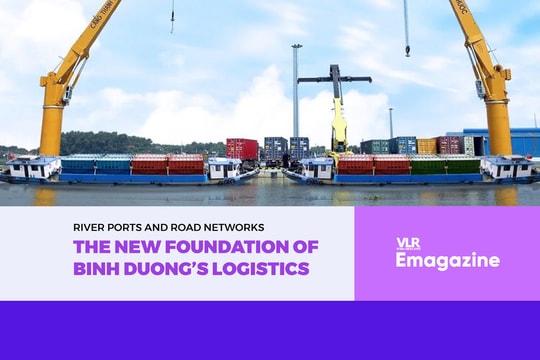

.jpg)
.jpg)
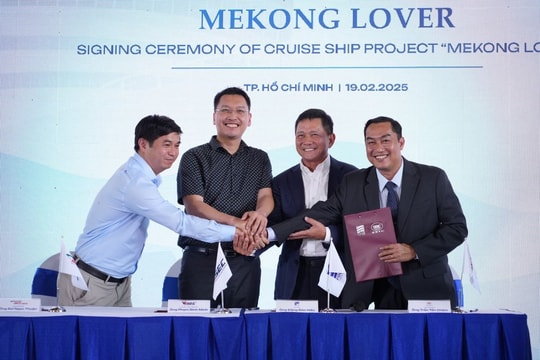
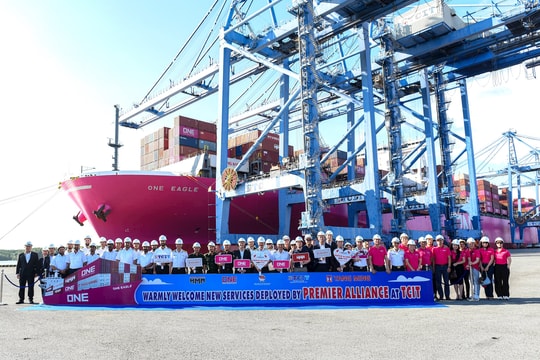
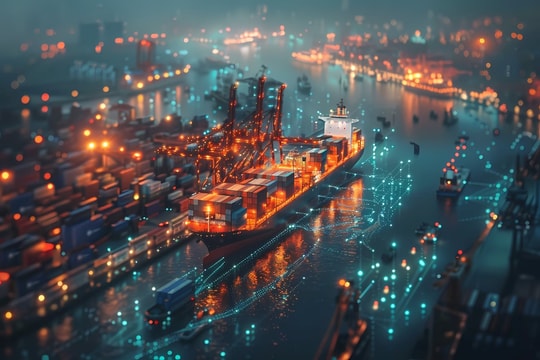


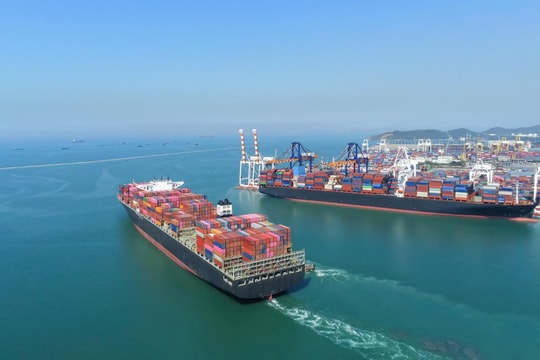

.png)
